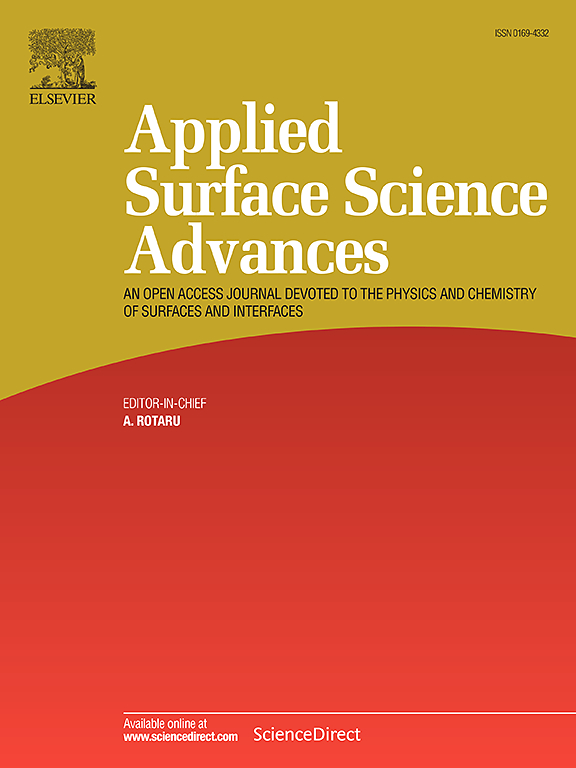Ni-based alloy catalysts for cost-effective hydrogen production from ammonia decomposition
IF 8.7
Q1 CHEMISTRY, PHYSICAL
引用次数: 0
Abstract
Due to its high hydrogen storage capacity and established infrastructure, ammonia (NH3) decomposition has been extensively investigated as a clean hydrogen production process. However, hydrogen production via ammonia decomposition faces various challenges. Although ruthenium (Ru) catalysts exhibit the highest activity for ammonia decomposition, their scarcity and high cost hinder commercial application. Consequently, nickel (Ni) catalysts have emerged as a potential alternative, owing to their cost-effectiveness and high activity. To further optimize Ni catalysts, developing Ni-based alloy catalysts with other metals is a promising solution. Herein, density functional theory (DFT) calculations are performed to elucidate the catalytic activity of 3d transition metals (Ni, Co, Cu, and Fe) and their promising alloys. The key reaction steps of overall ammonia decomposition are NHx‒H bond scission (NHx*→NHx-1*+H*) and N + N recombination (N*+N*→N2*). In particular, nitrogen adsorption energy (Ead(N)) serves as a descriptor for predicting the activation energies of key elementary steps, revealing a volcano-like relationship between experimental catalytic activity and DFT-calculated Ead(N). Additionally, we discover a strong correlation between d-band filling (fd) and Ead(N), establishing fd as an effective descriptor that not only predicts Ead(N) but also the catalytic activity of NH3 decomposition. Our descriptor-based design principle identifies Ni0.64Fe0.36 as a potentially effective and cost-efficient candidate for hydrogen production from ammonia, with experimental data demonstrating its superior performance compared to pure Ni. These findings offer valuable insights into the development of efficient, economically viable transition metal-based catalysts for hydrogen production through ammonia decomposition.

经济高效的氨分解制氢镍基合金催化剂
由于其高储氢能力和已建立的基础设施,氨(NH3)分解作为一种清洁制氢工艺已被广泛研究。然而,通过氨分解制氢面临着各种挑战。虽然钌(Ru)催化剂表现出最高的氨分解活性,但其稀缺性和高成本阻碍了其商业化应用。因此,镍(Ni)催化剂由于其成本效益和高活性而成为一种潜在的替代品。为了进一步优化镍催化剂,利用其他金属开发镍基合金催化剂是一个很有前途的解决方案。本文通过密度泛函理论(DFT)计算来阐明三维过渡金属(Ni, Co, Cu和Fe)及其有前途的合金的催化活性。全氨分解的关键反应步骤是NHx- H键断裂(NHx*→NHx-1*+H*)和N +N复合(N*+N*→N2*)。特别是,氮吸附能(Ead(N))可以作为预测关键基本步骤活化能的描述符,揭示了实验催化活性与dft计算的Ead(N)之间的火山式关系。此外,我们发现d带填充(fd)和Ead(N)之间有很强的相关性,建立fd作为一个有效的描述符,不仅可以预测Ead(N),还可以预测NH3分解的催化活性。我们基于描述符的设计原理将Ni0.64Fe0.36确定为氨制氢的潜在有效且具有成本效益的候选材料,实验数据表明其性能优于纯Ni。这些发现为开发高效、经济可行的过渡金属基催化剂通过氨分解制氢提供了有价值的见解。
本文章由计算机程序翻译,如有差异,请以英文原文为准。
求助全文
约1分钟内获得全文
求助全文

 求助内容:
求助内容: 应助结果提醒方式:
应助结果提醒方式:


